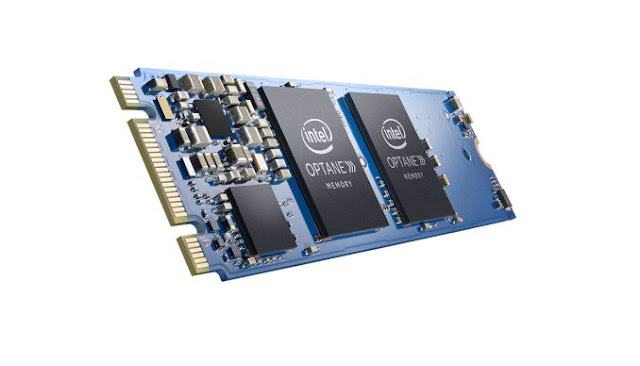Male fertility tests are not as simple and easy to perform as the female counterparts but latest innovation made by some researchers is all set to change the game. Most of the at home male fertility tests allows users to just check upon sperm count but it leaves a wide range of other characteristics which also effects the fertility. One of the major important characteristics usually left aside in the so called in-home male fertility tests includes sperm motility which signifies how much energetic are the sperm cell while they move around.
Researchers behind the automated male fertility testing system
The researchers at the Brigham & Women’ Hospital and Massachusetts General Hospital had successfully developed a completely automated system which can effectively help in performing certain male fertility tests. This particular system is remarkable in accurately measuring the concentration of the sperm as well their motility ration by simply using a smartphone. It also requires some of the snap-on components which are quite cheap in nature.
The functioning of the automated system is quite simple wherein the users are required to place the semen sample in a disposable chamber of the snap-on component. The snap-on component is designed with precision and care and doesn’t’ looks odd at all rather it appears like a usual smartphone case. There is a disposable microchip placed in the component and the light source for effectively measuring the part of sample is the smartphones camera. The smartphone camera helps in illuminating the semen sample while sensing equipment placed in the component does the rest of the work.
A special app is required to be installed on the smartphone which in later stage makes use of the image and helps in carefully evaluating the number as well as activity of the sperm cells in the sample. However this isn’t the first of its kind male fertility testing system as there is already a similar technology called YO sperm test system which happens to be sold directly to the consumers.
How this technology works?
Researchers have made use of as many as 350 clinical sperm specimens to analyse the results and improvise the technology with each iteration. They had made use of unwashed and processed liquefied semen in order to conduct tests. The sample were kept at less than 5-s which ensured lower processing time and helped in getting accurate results with about `98% accuracy. Under the World Health Organisation the test were conducted to ensure its integrity as well as the efficiency of the technology for global usage in the upcoming days.
Their research has also shed light to the fact that by simply integrating few microfluids along with the optical sensing accessories in the modern advanced consumer electronics smartphone can help in developing the remote semen testing equipment without much hassle. Therefore they opted for bringing the amalgamation of the technology on the smartphone which can be easily access by millions worldwide and an app has been developed to provide quick and accurate fertility test results right from the sample within shortest amount of time.
Researchers behind the automated male fertility testing system
The researchers at the Brigham & Women’ Hospital and Massachusetts General Hospital had successfully developed a completely automated system which can effectively help in performing certain male fertility tests. This particular system is remarkable in accurately measuring the concentration of the sperm as well their motility ration by simply using a smartphone. It also requires some of the snap-on components which are quite cheap in nature.
The functioning of the automated system is quite simple wherein the users are required to place the semen sample in a disposable chamber of the snap-on component. The snap-on component is designed with precision and care and doesn’t’ looks odd at all rather it appears like a usual smartphone case. There is a disposable microchip placed in the component and the light source for effectively measuring the part of sample is the smartphones camera. The smartphone camera helps in illuminating the semen sample while sensing equipment placed in the component does the rest of the work.
A special app is required to be installed on the smartphone which in later stage makes use of the image and helps in carefully evaluating the number as well as activity of the sperm cells in the sample. However this isn’t the first of its kind male fertility testing system as there is already a similar technology called YO sperm test system which happens to be sold directly to the consumers.
How this technology works?
Researchers have made use of as many as 350 clinical sperm specimens to analyse the results and improvise the technology with each iteration. They had made use of unwashed and processed liquefied semen in order to conduct tests. The sample were kept at less than 5-s which ensured lower processing time and helped in getting accurate results with about `98% accuracy. Under the World Health Organisation the test were conducted to ensure its integrity as well as the efficiency of the technology for global usage in the upcoming days.
Their research has also shed light to the fact that by simply integrating few microfluids along with the optical sensing accessories in the modern advanced consumer electronics smartphone can help in developing the remote semen testing equipment without much hassle. Therefore they opted for bringing the amalgamation of the technology on the smartphone which can be easily access by millions worldwide and an app has been developed to provide quick and accurate fertility test results right from the sample within shortest amount of time.








